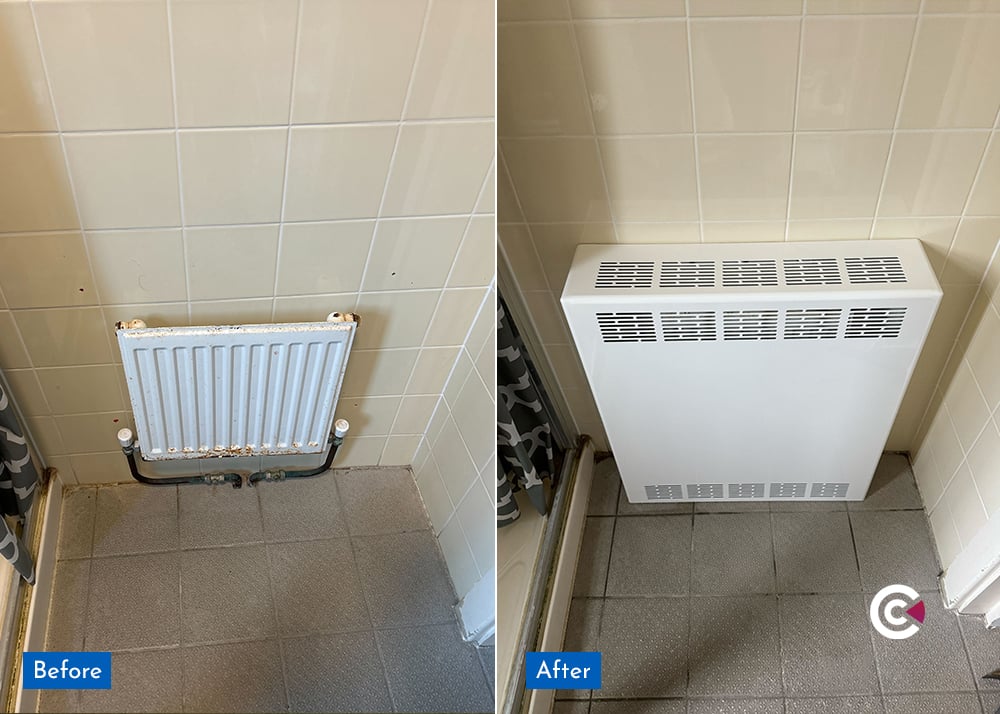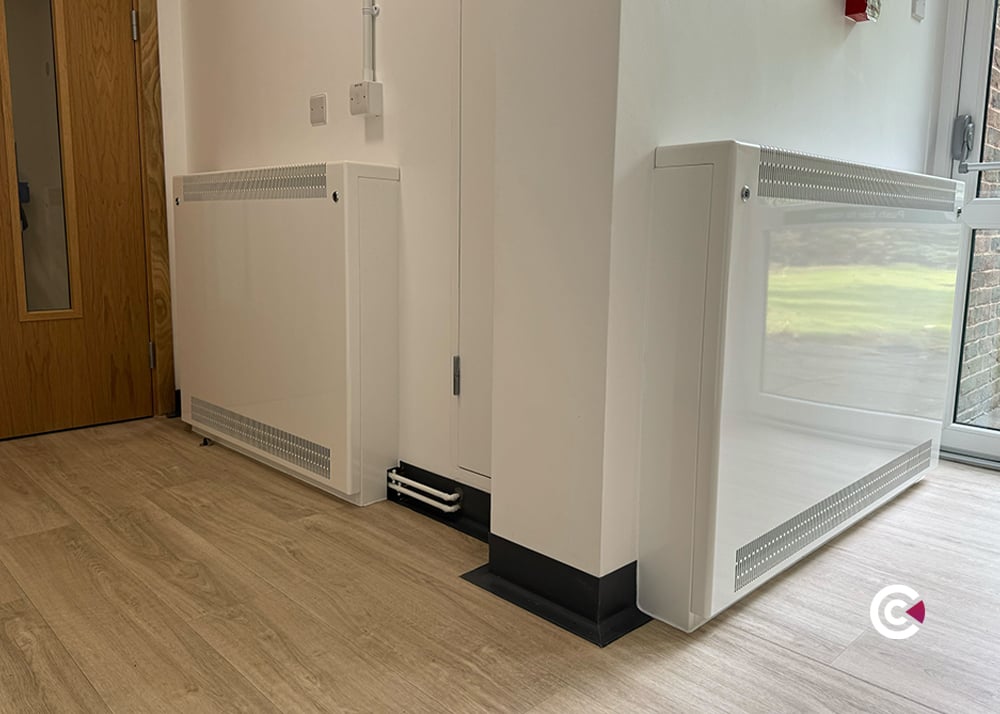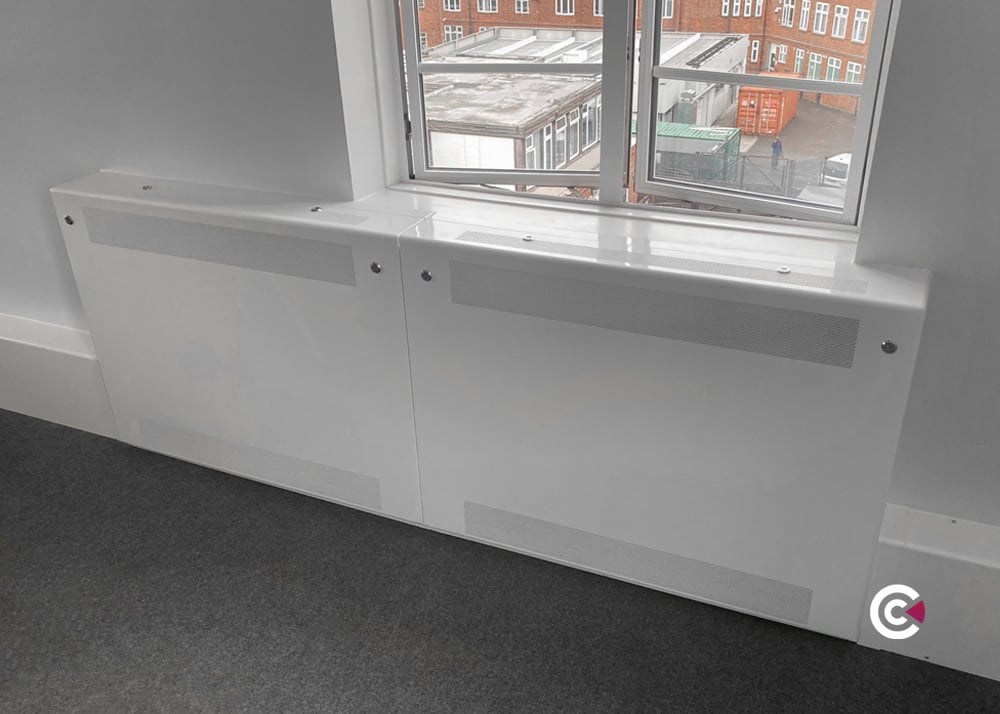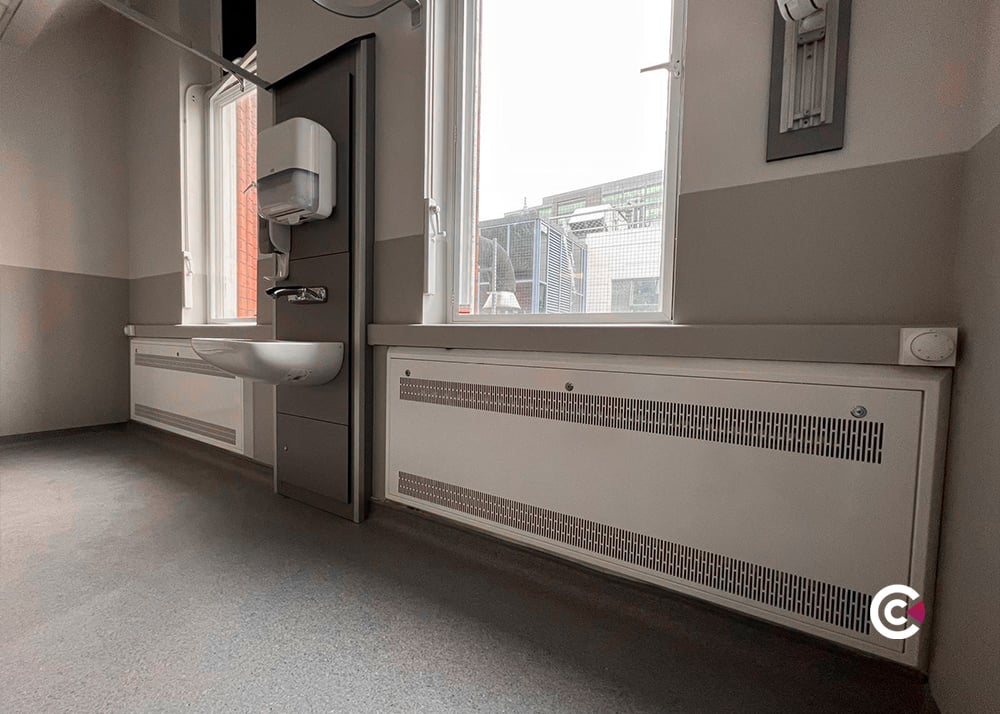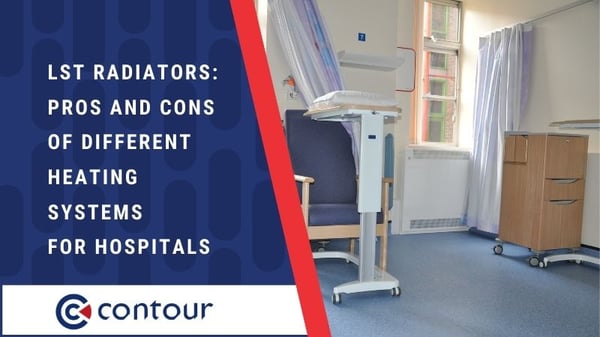
For hospitals, I’m sure you’d want to make sure you’re choosing the right heating solution. With busy corridors, nurses and doctors making sure patients are comfortable and visitors checking in on their loved ones, a relaxed temperature is necessary.
Therefore, in this blog, we’ll go through the pros and cons of underfloor heating, LST radiators and radiant ceiling panels. Read on to find out more…
Underfloor Heating
Underfloor heating spreads warmth over the entire floor area using low-temperature radiant heat.
Pros
They’re good for infection control because they’re not objects on display to gather dust. Therefore, they won’t have the risk of containing hospital-acquired infections.
Underfloor heating provides more wall space, as opposed to radiators. Freeing up more room, potentially for more beds within hospitals.
They’re energy-efficient because less energy is consumed to provide a consistent temperature. Whereas radiators need to be heated at high temperatures to heat the rooms they’re in.
Cons
Underfloor heating systems may not be as reactive enough. This is due to them providing a consistent heat temperature, and maybe slower when compared to radiators to detect room temperature.
Our overall temperature is controlled from our feet, therefore a large surface area being warm may influence doctor and nurses’ overall temperatures. As they’re on their feet all day this may be unpleasant and causes them to overheat.
Ceiling Radiant Panels
These usually consist of high-density fibreglass insulation boards, a heating element, and a textured surface coating mounted in a frame.
Pros
Like underfloor heating, ceiling heating is great for infection control and freeing up wall space, providing a hygienic solution without taking up space.
Ceiling heating more reactive than underfloor heating with fast responses to heating demands that may occur within hospitals.
Cons
As heating is regulated by our feet and ceiling panels heating is coming from the top – feet can become cold. Whilst service users’ heads can become hotter which may cause headaches and discomfort.
Heat rises and it can become difficult to heat the whole room with heating being distributed onto the heads of service users.
With this, dementia patients (or other vulnerable users) may become confused as to why heating is coming from the ceiling and not conventional radiators – something to may be more familiar with.
Ceiling heating panels are costly to install and maintain.
 LST Radiator
LST Radiator
Low surface temperature radiators are widely known to provide efficient heating solutions.
Pros
Compared to the other two heating systems; LST radiators are cheap to install. These can be done quick and efficiently, especially because they’re readily available.
They’re easily distinguishable with dementia patients as radiators are the traditional heating source.
LST radiators provide good reaction times when they’re turned on and the room should be heated up speedily - providing a cosy setting for hospital service users.
They’re suitable for refurbishment projects. Unlike underfloor heating, LST radiators can be moved to any desired space so there aren’t restrictions such as the makeup of the floor and ceiling to stop you from installing them.
Cons
LST radiators can reduce wall space and this can become difficult in hospitals where space is limited. However, LST radiators can be easily moved to areas in the room to maximise space.
They can gather dirt and dust when being fixated to the wall. As this is a key concern, specifiers should opt for a solution that provides easy access for thorough and consistent cleaning practices.
Conclusion
Choosing the right heating solution for your project is key. It should be well considered and involve the client that will be working in the rooms that are being created/refurbished, as well as the department that will be maintaining the project it’s once handed over.
We hope this blog helps with this decision-making process.
-1.png)


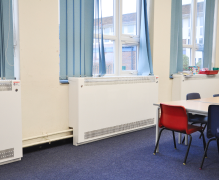
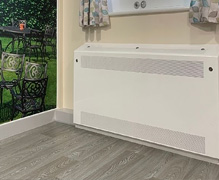
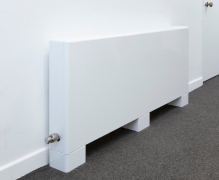

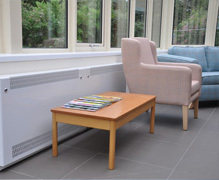

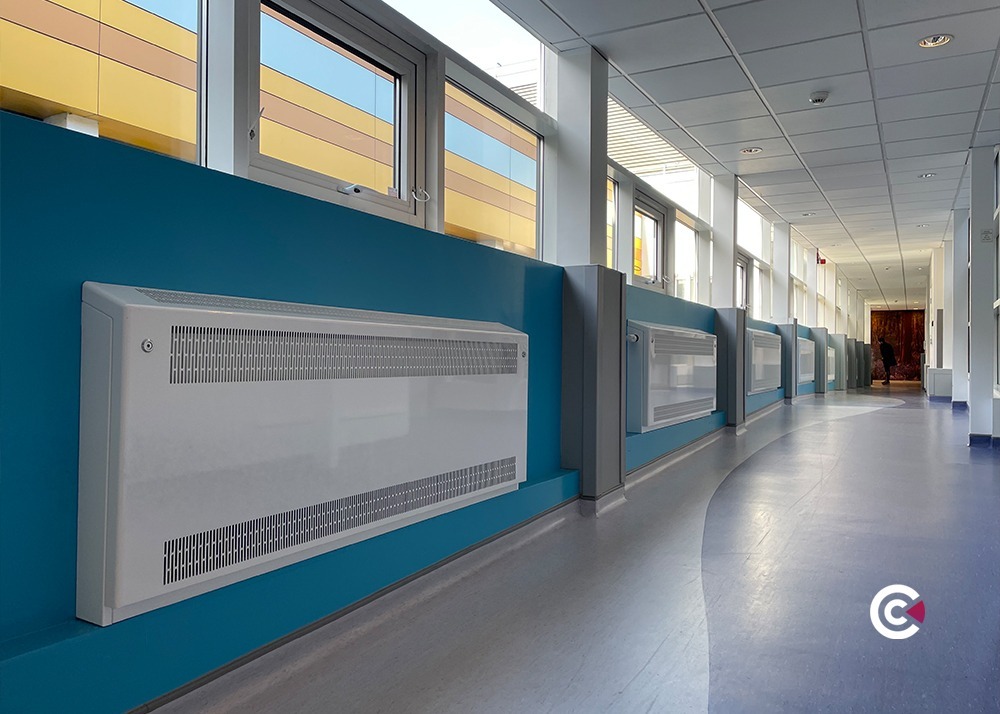
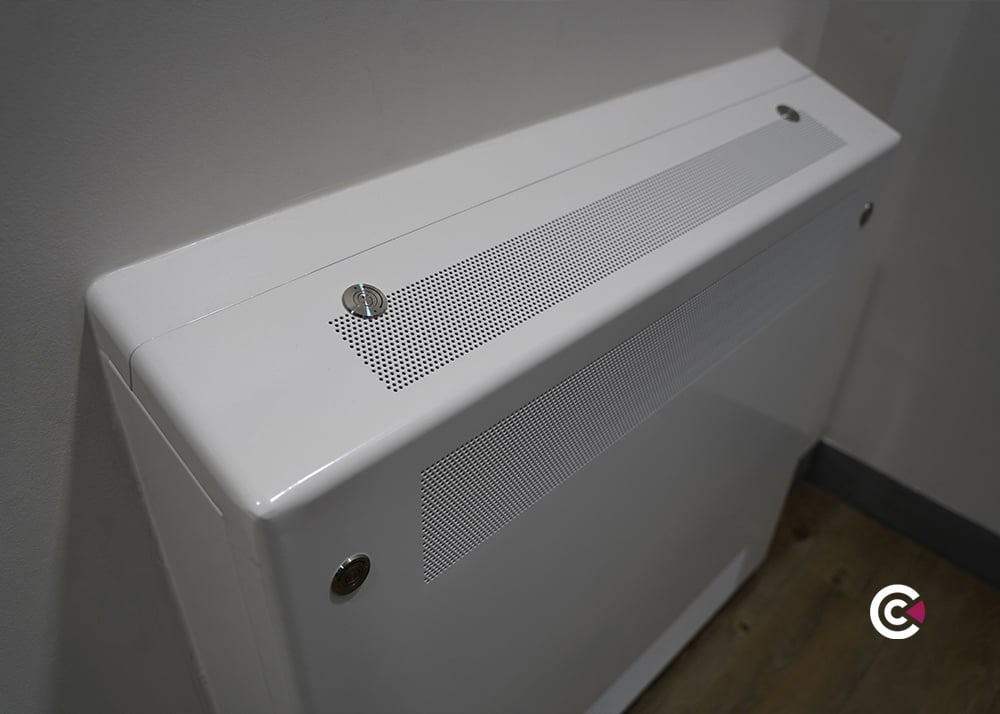

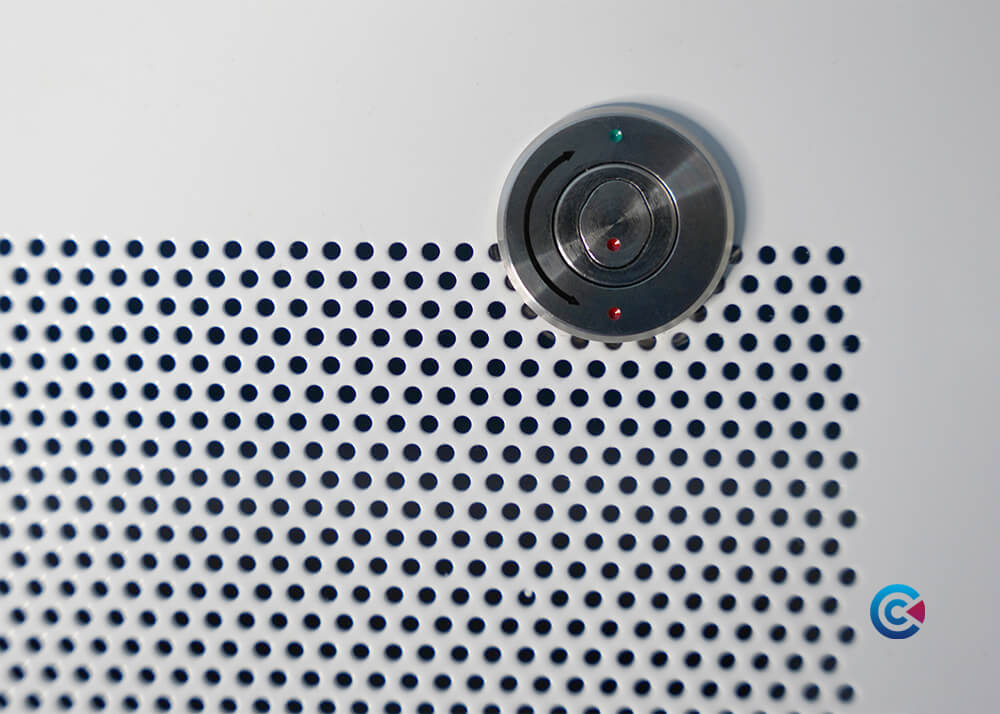




/anti-ligature%20vent%20grilles.jpg)

